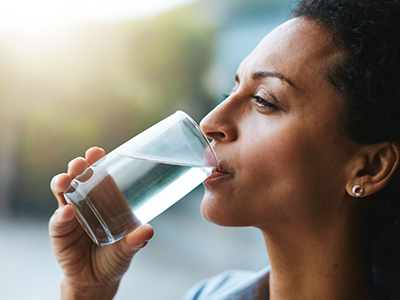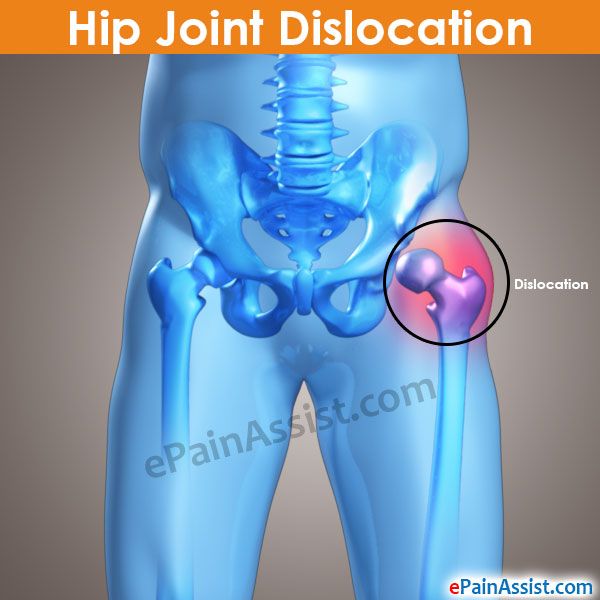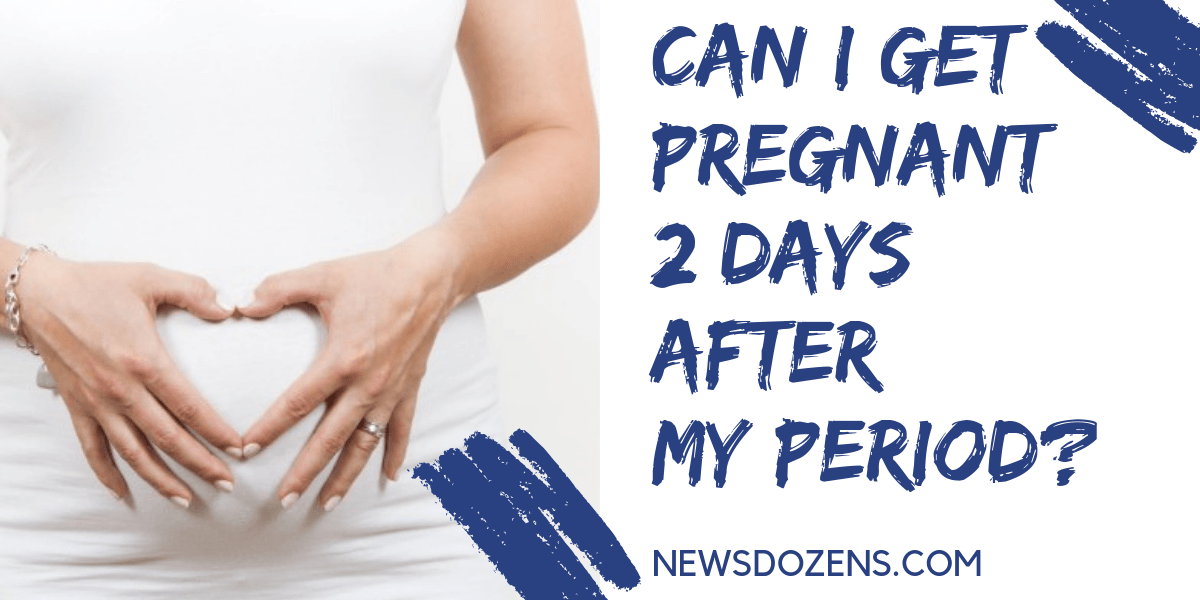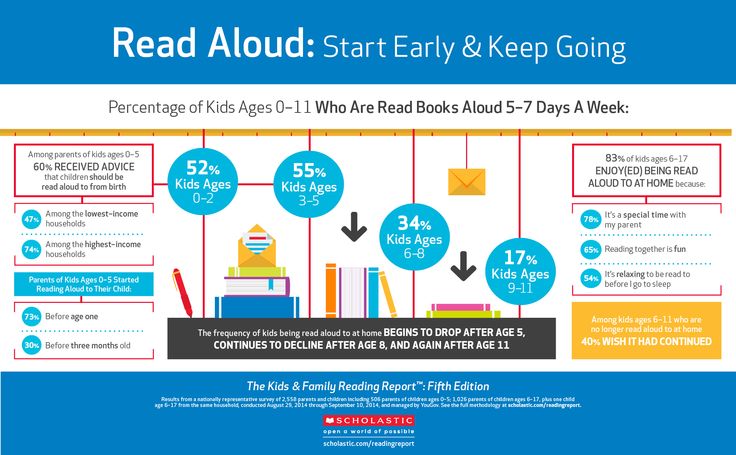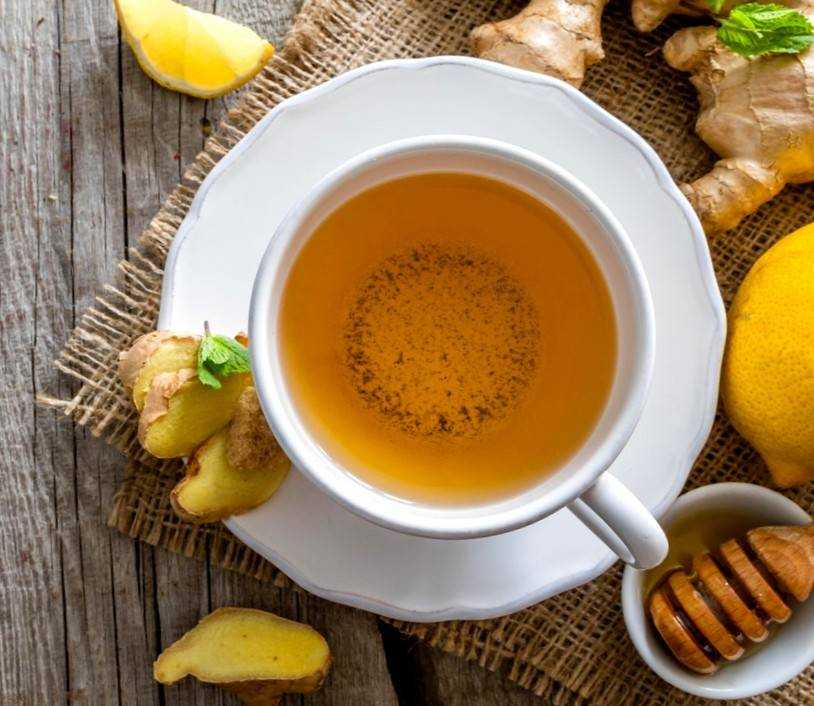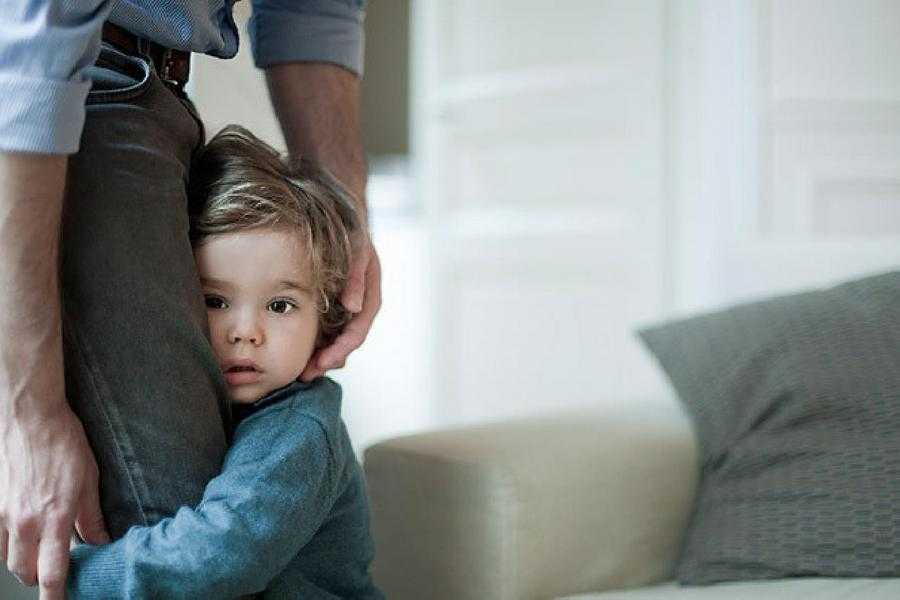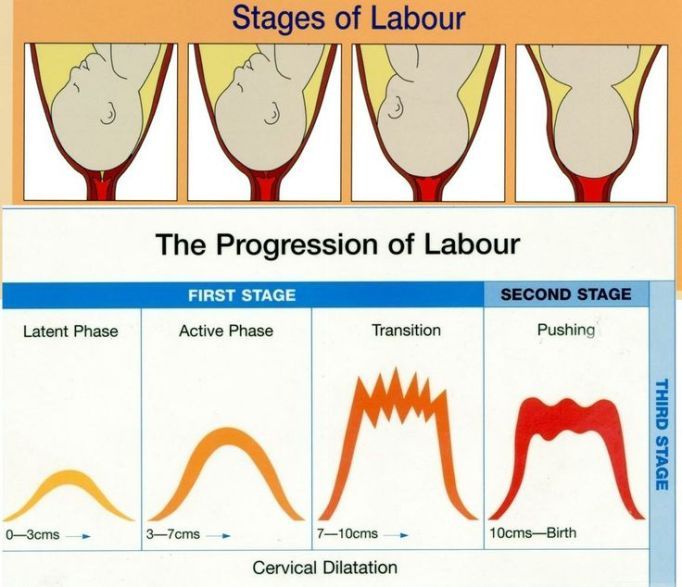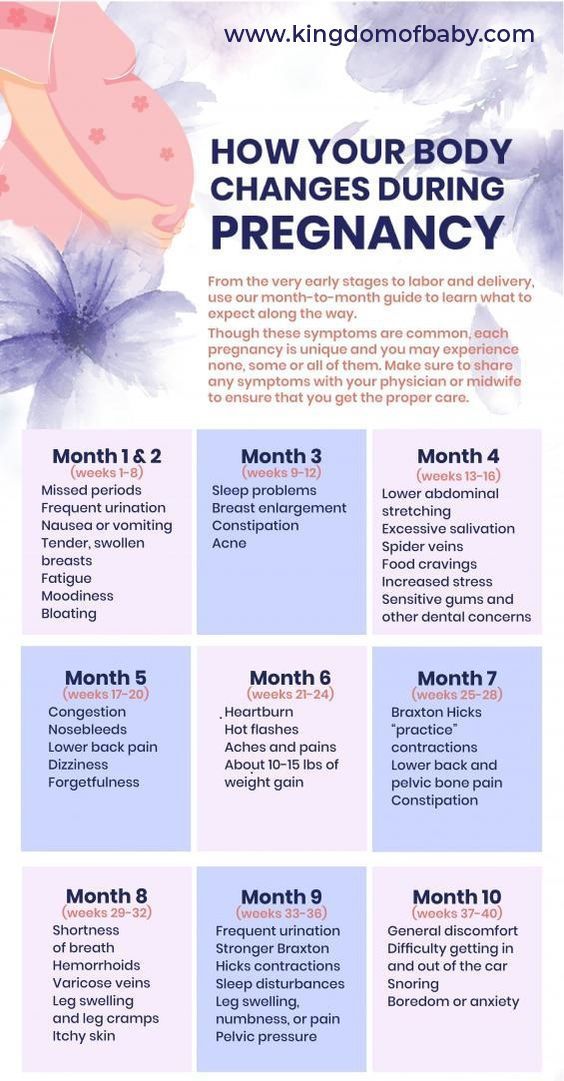6 month old drinking water
Drinks and cups for babies and young children
Solid foods and milk for your baby
You should continue to breastfeed or give your baby first infant formula until they're at least 1 year old.
Breastfeeding will continue to benefit you and your baby for as long as you carry on.
As your baby eats more solid foods, the amount of milk they want will decrease.
Once your baby is eating plenty of solids several times a day, they may even drop a milk feed altogether.
Beakers and cups for babies
Introduce your baby to drinking from a cup or beaker from around 6 months and offer sips of water with meals.
Using an open cup or a free-flow cup without a valve will help your baby learn to sip and is better for your baby’s teeth.
It might be messy at first but be patient, your baby will gradually learn how to drink from an open cup.
Once your baby is 1 year old, feeding from a bottle should be discouraged.
When using a bottle or trainer cup, do not put anything in it other than breast milk, formula milk or water, and do not add anything else (including sugar, cereals, baby rice or chocolate powder) to the feed.
Comfort sucking from a bottle on sweetened drinks causes tooth decay in young children. Drinks flow very slowly through a teat, which means the sugary substance will be in contact with their teeth for longer.
Find out how to look after your baby's teeth.
Choosing a baby beaker or cup
It's important to choose the right kind of beaker or cup.
A cup or beaker with a free-flow lid (without a non-spill valve) is better than a bottle or beaker with a teat as it will help your baby learn how to sip rather than suck.
As soon as your child is ready, encourage them to move from a lidded beaker to drinking from an open cup.
Drinks for babies and young children
Not all drinks are suitable for babies and young children. Here's what to give to your child and when.
Breast milk
Breast milk is the only food or drink babies need in the first 6 months of their life.
It should continue to be given alongside an increasingly varied diet once you introduce solid foods from around 6 months.
The World Health Organization recommends that all babies are breastfed for up to 2 years or longer.
Breastfeeding up to 12 months is associated with a lower risk of tooth decay.
Formula milk
First infant formula is usually based on cows' milk and is the only suitable alternative to breast milk in the first 12 months of your baby's life.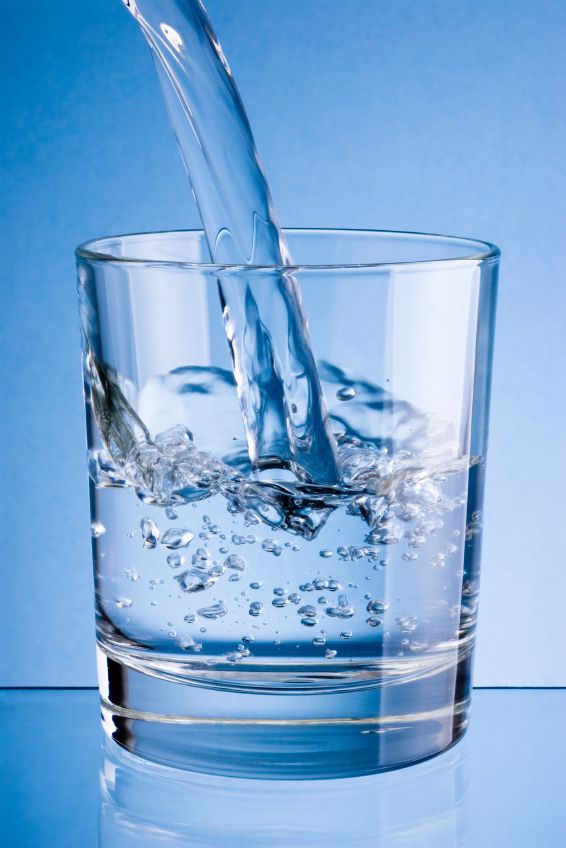
Follow-on formula is not suitable for babies under 6 months, and you do not need to introduce it after 6 months.
First infant formula, follow-on formula or growing-up milks are not needed once your baby is 12 months old.
Cows' milk can be introduced as a main drink from 12 months.
Read more about the types of infant formula.
Non-cows' milk formula
Goats' milk formula is available and produced to the same nutritional standards as cows' milk formula.
Goats' milk formula is not suitable for babies with cows' milk protein allergy. It's no less likely to cause allergies in babies than cows' milk formula as the proteins they contain are very similar.
You should only give your baby soya formula if a health professional advises you to.
'Goodnight' milk
'Goodnight' milk is not suitable for babies under 6 months old.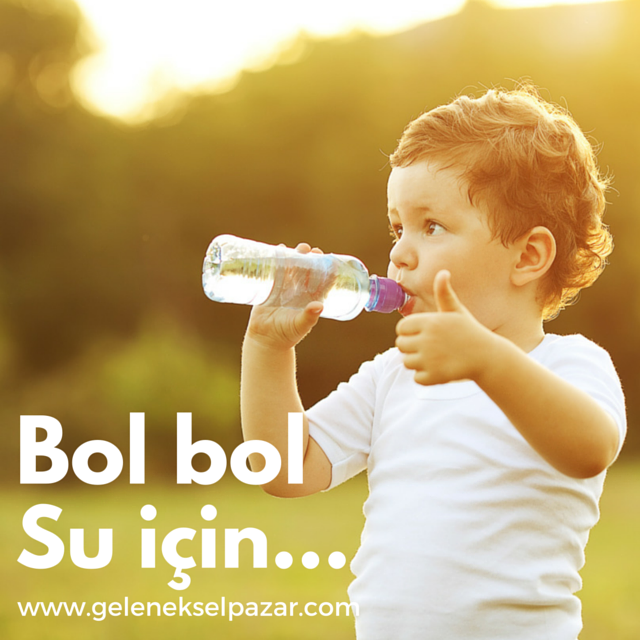 This type of formula is not needed, and there's no evidence that babies settle better or sleep longer after having it.
This type of formula is not needed, and there's no evidence that babies settle better or sleep longer after having it.
Water
Giving water as a drink to babies under 6 months is not recommended. Speak to your GP or health visitor for advice before giving water to your baby.
From around 6 months you can start introducing water with meals.
When preparing formula for babies under 6 months, you should not use water straight from the mains tap in the kitchen as it's not sterile.
You'll need to boil the tap water first and then let it cool for no more than 30 minutes, so that it remains at a temperature of at least 70C.
Water for babies over 6 months does not need to be boiled.
Bottled water is not recommended for making up infant formula feeds as it may contain too much salt (sodium) or sulphate.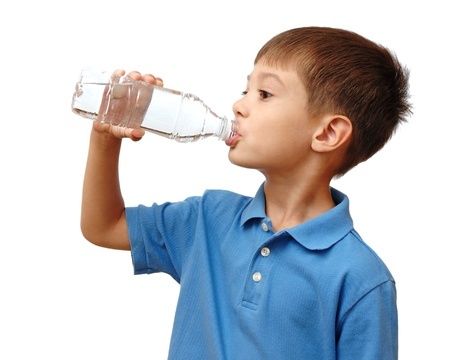
If you do have to use bottled water to make up a feed, check the label to make sure the sodium (also written as Na) level is less than 200 milligrams (mg) per litre.
The sulphate (also written as SO or SO4) content should not be higher than 250mg per litre.
Like tap water, bottled water is not sterile, so it will need to be boiled before you use it to prepare a feed.
Read more about how to make up baby formula.
Cows' milk
Cows' milk can be used in cooking or mixed with food from around 6 months but should not be given as a drink to babies until they're 12 months old. This is because cows' milk does not contain enough iron to meet your baby's needs.
Whole milk should be given to children until they're 2 years old because they need the extra energy and vitamins it contains.
Semi-skimmed milk can be introduced once your child is 2 years old, as long as they're a good eater and they have a varied diet.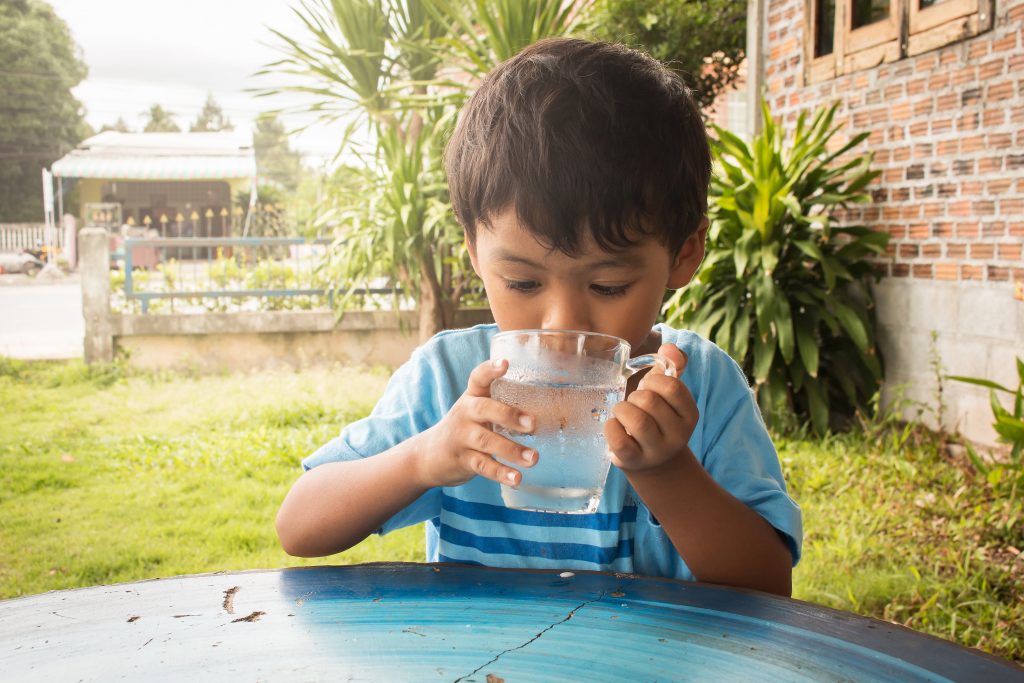
Skimmed and 1% milk are not suitable for children under 5 years old because they do not contain enough calories.
Lower-fat milks can be used in cooking from 1 year old.
Unpasteurised milk
Young children should not be given unpasteurised milk because of the higher risk of food poisoning.
Goats' and sheep's milk
Goats' and sheep's milk are not suitable as drinks for babies under 1 year old as, like cows' milk, they do not contain enough iron and other nutrients babies this age need. As long as they're pasteurised, they can be used once your baby is 1 year old.
Soya drinks and other milk alternatives
You can give your child unsweetened calcium-fortified milk alternatives, such as soya, oat or almond drinks, from the age of 1 as part of a healthy balanced diet.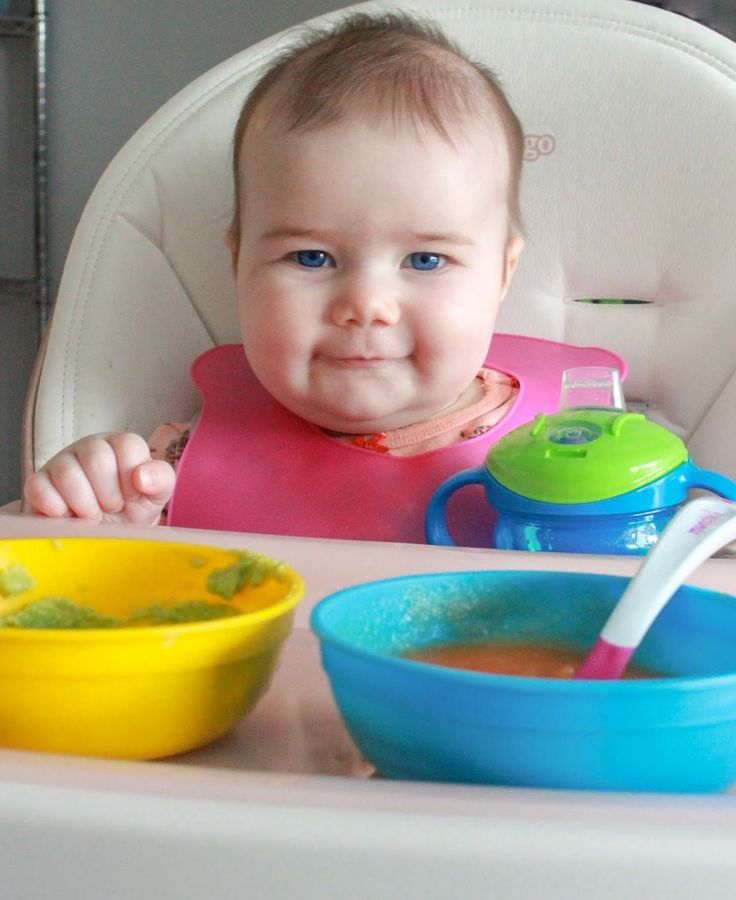
Babies and young children under 5 years old should not be given rice drinks, because of the levels of arsenic in these products.
If your child has an allergy or intolerance to milk, talk to your health visitor or GP. They can advise you about suitable milk alternatives.
Rice drinks
Children under 5 years old should not have rice drinks as a substitute for breast milk, infant formula or cows' milk as they may contain too much arsenic.
Arsenic is found naturally in the environment and can find its way into our food and water.
Rice tends to take up more arsenic than other grains, but this does not mean that your baby cannot eat rice.
In the UK, there are maximum levels of inorganic arsenic allowed in rice and rice products, and even stricter levels are set for foods intended for young children.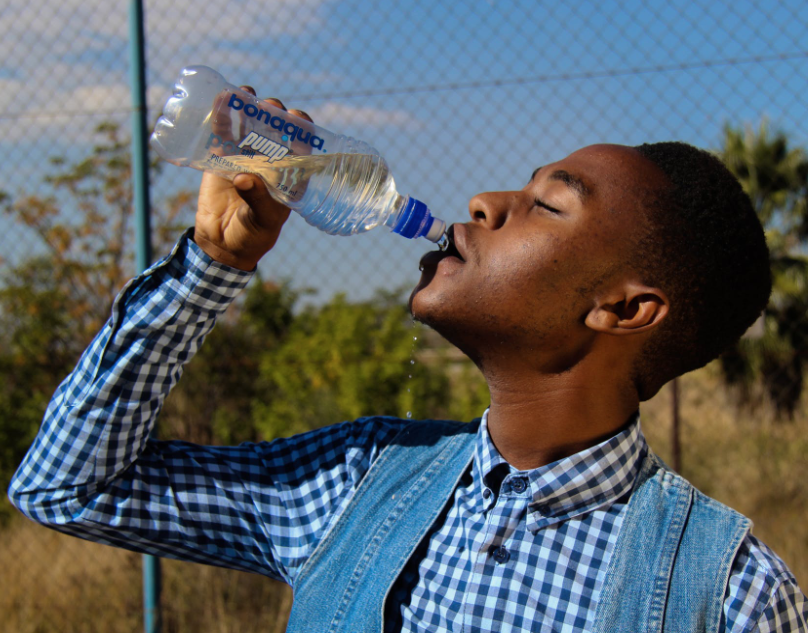
Do not worry if your child has already had rice drinks. There's no immediate risk to them, but it's best to switch to a different kind of milk.
Fruit juice and smoothies
Fruit juices, such as orange juice, are a good source of vitamin C. However, they also contain natural sugars and acids, which can cause tooth decay.
Babies under 12 months do not need fruit juice or smoothies. If you choose to give these to your baby, dilute the juices and smoothies (one part juice to 10 parts water) and limit them to mealtimes.
Giving fruit juice and smoothies at mealtimes (rather than between meals) helps reduce the risk of tooth decay.
From 5 years old, you can give your child undiluted fruit juice or smoothies. Stick to no more than 1 glass (about 150 ml) a day, served with meals.
Squashes, flavoured milk, 'fruit' or 'juice' drinks and fizzy drinks
Squashes, flavoured milk, 'fruit' or 'juice' drinks and fizzy drinks are not suitable for young babies. They contain sugar and can cause tooth decay, even when diluted.
They contain sugar and can cause tooth decay, even when diluted.
For older babies and young children, these drinks can fill your child up so they're not hungry for healthier food. Instead, offer sips of water from a cup with meals.
Fizzy drinks are acidic and can damage tooth enamel so they should not be given to babies and young children.
Diet or reduced-sugar drinks are not recommended for babies and young children.
Even low-calorie drinks and no-added-sugar drinks can encourage children to develop a sweet tooth.
'Baby' and herbal drinks
'Baby' and herbal drinks usually contain sugars and are not recommended.
Hot drinks
Tea and coffee are not suitable for babies or young children. If sugar is added, this can lead to tooth decay.
Further information
- Your baby's first solid foods
- Baby and toddler meal ideas
- Looking after your baby's teeth
- Expressing and storing breast milk
- Bottle feeding advice
Get Start4Life pregnancy and baby emails
For information and advice you can trust, sign up for weekly Start4Life pregnancy and baby emails.
Video: should my baby use a beaker or a cup?
In this video, a health visitor talks about whether your baby should use a beaker or a cup.
Media last reviewed: 28 September 2020
Media review due: 28 September 2023
When and How to Serve Water to Babies and Toddlers
There are many opinions on water consumption for infants, babies, and toddlers. However, most medical institutions agree that water should not be offered before 6 months of age. Too much water can displace valuable nutrition from breast milk or formula and imbalance an infant’s electrolytes. Furthermore, most health care professionals agree that water isn’t necessary for the first year of life as breast milk and formula are comprised mostly of water.
When water is introduced, it should only be offered in an open cup or straw cup (never a bottle). Have a water bottle yourself? It’s fine to offer baby sips from time to time. Just keep tabs on how much your child is consuming before 12 months of age, when water intake needs to be more carefully monitored.
Just keep tabs on how much your child is consuming before 12 months of age, when water intake needs to be more carefully monitored.
Get guidance on cup drinking and much more in our Starting Solids Virtual Course.
When can babies drink water?Water may be introduced in small amounts after 6 months of age. When infants less than 6 months of age consume water, it puts them at risk of life-threatening electrolyte imbalance and inadequate intake of calories, protein, and essential nutrients.1 2 3 Per the American Academy of Pediatrics, small amounts of water can be offered starting around 6 months as long as baby is growing and gaining appropriately, but water is optional before 12 months of age.
It’s worth noting that water consumption recommendations for babies vary across the globe. Check with your health department for specific recommendations in your country or region.
How much water can babies have?The American Academy of Pediatrics suggests offering up to 8 ounces (227ml) of water per day starting at 6 months old; however, it is our strong opinion that water should be limited to less than 2-4 ounces (59-118 ml) a day to avoid displacing valuable nutrition from breast milk or formula.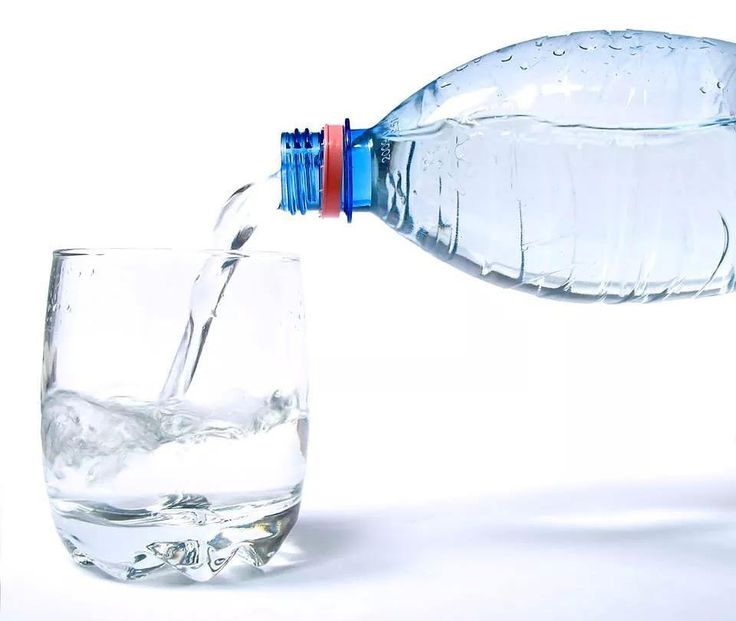 4 If you’re concerned about baby’s hydration status, monitor the number of wet diapers and energy levels, and contact your pediatrician. Generally speaking, babies should have 4-6 good, wet diapers every 24 hours.
4 If you’re concerned about baby’s hydration status, monitor the number of wet diapers and energy levels, and contact your pediatrician. Generally speaking, babies should have 4-6 good, wet diapers every 24 hours.
Offer water in an open cup or straw cup to help baby develop cup-drinking skills.
Believe it or not, water is actually one of the hardest liquids to learn how to drink. Water is thin and flows quickly, which requires the tongue and swallow muscles to work very fast. Don’t be worried if your little one coughs when first learning to drink water. The oral motor skills required to drink from a cup or straw are very different than the movements required for breast or bottle feeding. Often, a baby coughs and sputters when the liquid is not well-contained in the mouth. As baby’s skills improve with cup and straw drinking, this coughing and sputtering should subside. If your baby continues to cough with water drinking after ample practice time (a few months), speak with your pediatrician.
Avoid offering water in a bottle. Drinking water from a bottle may result in consuming too much water and does not benefit the development of oral-motor skills. Remember, bottle feeding isn’t a skill our babies need for life, so learning to drink water from a cup or straw is the way to go!
Offering small sips of water from an open cup or straw cup is an excellent way to teach your infant how to swallow water safely and adequately. Learn how to teach baby to drink from a cup.
When choosing an open cup, select a small cup that’s easy for baby hands to hold. Since you’ll be dealing with many, many spills, look for a cup that holds no more than 1-3 ounces. A small cup also makes it less likely that your baby will flood themselves with liquid.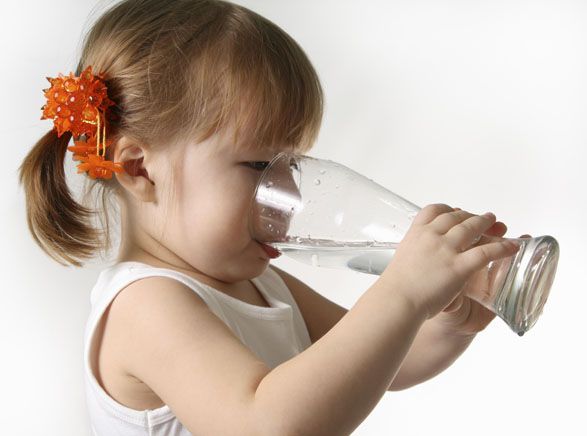 There are many cups on the market that fit this description, but a shot glass or small glass yogurt cup will do just fine, too!
There are many cups on the market that fit this description, but a shot glass or small glass yogurt cup will do just fine, too!
Before choosing a straw cup, we recommend first teaching your baby the skills of using a straw by itself. Once your baby has the basic idea of the straw itself, you can choose any straw cup you prefer, knowing your baby can use it.
Learn more about cups and why we recommend against sippy cups on our Cup Drinking page or by watching our video on cups and straws here.
Amelia, 7 months, drinks water out of an open cup.Kalani, 9 months, drinks water out of an open cup.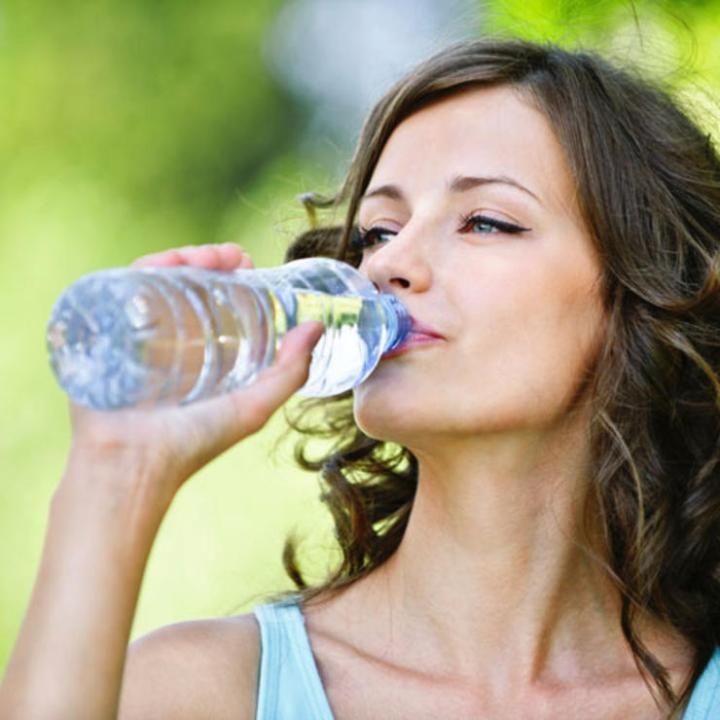 What kind of water can babies drink?
What kind of water can babies drink?Babies can drink the same water as the rest of the family. You do not need to purchase special water for babies. That said, always check the water quality in your area to ensure it’s safe for drinking; this information is available through your local health department.
Can babies drink sparkling water?A sip of sparkling water here or there is probably fine, but consumption of carbonated beverages can also lead to painful bloating, gas, and reflux. Many carbonated beverages and sparkling waters have added sodium, as well.
If I am breastfeeding, does my baby need water?If your baby is younger than 12 months of age, no. Breast milk is comprised 87% of water and water is optional before one year of age.5
If your child is 12 months or older, water is necessary. The minimum water intake for children 12-24 months is around 8 ounces (237mL) a day. While breast milk can “count” as water for a toddler, the ideal is 8 ounces of water in addition to breast milk or milk.
For a 12-month-old drinking less than 8 ounces of water per day, we advise offering water throughout the day and slowly work toward that 8 ounces minimum. Around 12 months, babies eat more solids, drink less breast milk, and need more water.
How do I know if my child is getting enough water?First, remember that almost 90% of breast milk and infant formula (standard mixing) is water! Children less than 12 months of age do not necessarily need extra water, but practicing cup drinking at this age is developmentally beneficial and can help acclimate your child to the taste of liquids other than breast milk or formula.
In general, babies who make at least 4-6 good wet diapers per 24-hour period are usually adequately hydrated. Signs of possible dehydration include:
- chapped lips
- few to no tears when crying
- sunken eyes
- dark urine color
- sunken soft spot (anterior fontanelle) on top of the head
- fussy
- excessively sleepy
If you are ever concerned about dehydration, contact your child’s health care provider right away.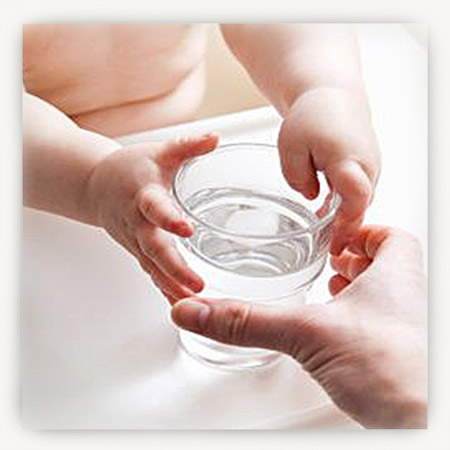 Do not wait.
Do not wait.
The American Academy of Pediatrics recommends waiting until at least 6 months before offering water to your child. Water given before 6 months of age can reduce nutrient intake and cause life-threatening electrolyte imbalances.6 7 8 The only liquids a baby should be consuming prior to 6 months of age is breast milk or formula.9 10
My baby/toddler won’t drink water! How can I get my child to drink water?The best way to encourage water drinking is to model the activity yourself. In other words, show them how it’s done!
If baby is truly not interested in learning to drink water from a cup:
- Try pouring water into an open cup in front of baby.
- Tap the table to get baby’s attention.
- Drink the water from baby’s cup yourself.
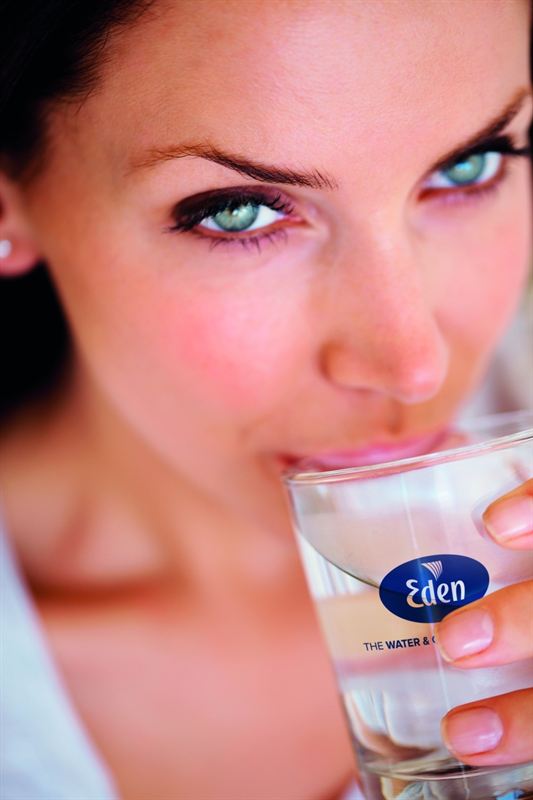
- Hand the cup to baby in the air and see if baby reaches for it or leans in.
To help incentivize older toddlers, try teaching them how to pour water from a jug into their cup and let them pour their own water. The more you hand over control, the more your child will explore, touch, and, hopefully, drink. You can also try floating mint leaves or pieces of fruit in the water to add a pop of flavor and make it more exciting. Finally, offer them your straw! Many times it’s much easier to get a toddler to drink out of “daddy’s straw” or “momma’s straw” to try some water.
Generally, you want to offer 1-2 ounces of water in a small open cup that babies can manipulate with minimal assistance. Bring the cup to baby but stop before it gets too close and give them a chance to reach and grab the cup themselves. Encourage this independence from the start and expect that it will be messy for a while and take some time.
Need help with cup or straw drinking? Check out our Cup Drinking page >>
Can I give my baby water from a bottle?It is best to refrain from offering water in a bottle. When water is first introduced around 6 to 9 months of age, the focus is more on skill-building than consumption. For this reason, it’s best to offer water in an open cup.
When water is first introduced around 6 to 9 months of age, the focus is more on skill-building than consumption. For this reason, it’s best to offer water in an open cup.
Additionally, it’s much easier to consume too much water through a bottle, which can displace essential nutrients and lead to water intoxication.11 Remember: we want to make every sip, gulp, and bite count for babies, and consuming too much water takes away from other forms of nutrition that can be offered instead.
At what age should I introduce a cup?Introduce both an open cup and straw cup as early as 6 months of age with meals. Alternating between an open cup and straw cup (e.g., offering an open cup with breakfast and a straw cup at lunch) can be helpful so one skill doesn’t become too dominant. Check out our cup drinking page for more information on teaching a baby to drink from a cup and why you may want to avoid sippy cups entirely.
Is it okay to give water to a constipated baby?Yes! But aim for less than 4 ounces in infants 6-9 months of age and less than 8 ounces in infants 9-12 months of age.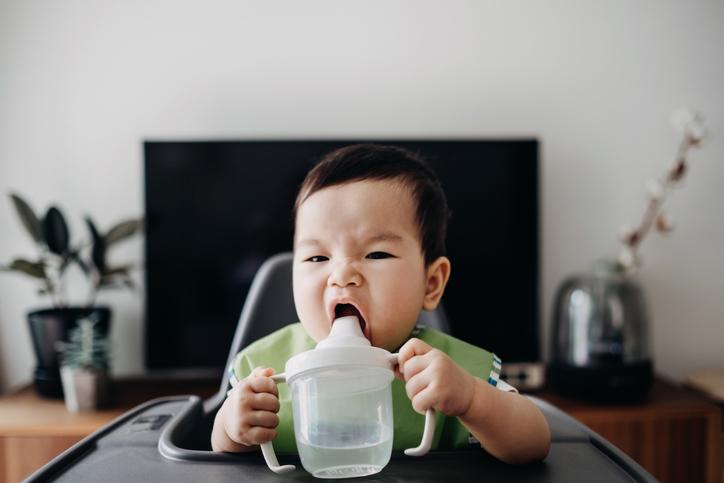 Also, consider serving avocado, beans, berries, chia seeds, ground flaxseed, or the “P” fruits: papaya, peaches, pears, plums, and prunes. And never hesitate to touch base with your child’s healthcare provider.
Also, consider serving avocado, beans, berries, chia seeds, ground flaxseed, or the “P” fruits: papaya, peaches, pears, plums, and prunes. And never hesitate to touch base with your child’s healthcare provider.
No. It is never recommended to dilute formula without discussing it with your child’s primary health care provider. Formula dilution can be extremely dangerous and lead to water intoxication.12
Are sippy cups okay? And what about 360 cups?We don’t recommend them. Our feeding and swallowing specialists strongly recommend using open cups or straw cups rather than sippy or 360 cups. Sippy cups and 360 cups do not encourage oral-motor skills development. Drinking from an open cup or straw is a lifelong skill. For more information, visit our cup drinking page.
After 12 months of age, should I have water available throughout the day?
Absolutely. Having water easily accessible throughout the day in addition to mealtimes is a great way to foster independence in your child while also maintaining hydration. Like in adults, toddlers’ thirst varies depending on their activity level and health status, as well as the weather. As caregivers, we can model drinking water throughout the day to help children build healthy habits early on.
Having water easily accessible throughout the day in addition to mealtimes is a great way to foster independence in your child while also maintaining hydration. Like in adults, toddlers’ thirst varies depending on their activity level and health status, as well as the weather. As caregivers, we can model drinking water throughout the day to help children build healthy habits early on.
For some children, water is instantly accepted. For children younger than 12 months old, monitor how much water is consumed in a day. If it’s more than 8 ounces, it’s likely too much. For younger infants, in particular, drinking too much water can result in water intoxication characterized by electrolyte imbalance and even seizures.13
Signs of overhydration or water intoxication include:14
- Nausea
- Fatigue
- Vomiting
- Excessive number of wet diapers (more than 8 per day)
- Confusion
- Change in behavior
If you feel like your child is excessively thirsty, this can also be a sign of an underlying problem.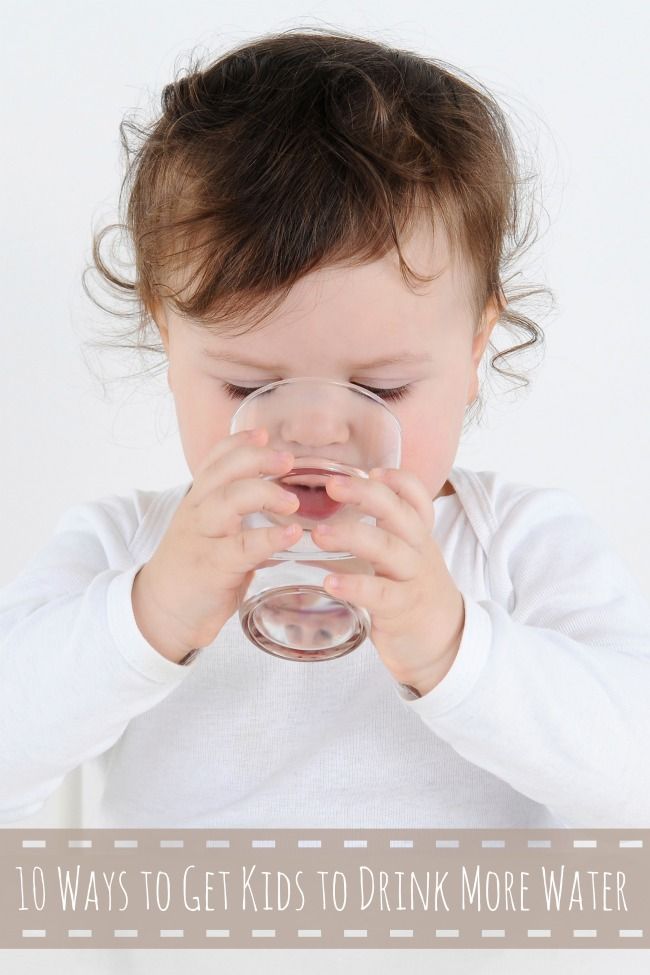 Please don’t hesitate to reach out to your child’s health care provider.
Please don’t hesitate to reach out to your child’s health care provider.
Reviewed by:
Natalia Stasenko, MS, RD
Jennifer H. Min, MSN, RN, CPNP-PC, PhD(c)
Kimberly Grenawitzke, OTD, OTR/L, SCFES, IBCLC, CNT
Rachel Ruiz, MD, FAAP. Board-Certified General Pediatrician & Pediatric Gastroenterologist
- Houck, J., Ganti, L., & Vera, A. E. (2019). A Case of Hyponatremia-induced Seizures in an Infant Secondary to Water Intoxication from the Use of Almond Milk. Cureus, na.
- Becker, G. E., & Remmington, T. (2014). Early additional food and fluids for healthy breastfed full-term infants. Cochrane Database of Systematic Reviews, na.
- Cohen, R. J., Brown, K. H., Rivera, L. L., & Dewey, K. G. (2007). Exclusively breastfed, low birthweight term infants do not need supplemental water. Acta Paediatrica, 89(5), 550–552.
- Martin, C. R., Ling, P. R., & Blackburn, G. L.
 (2016). Review of Infant Feeding: Key Features of Breast Milk and Infant Formula. Nutrients, 8(5), 279.
(2016). Review of Infant Feeding: Key Features of Breast Milk and Infant Formula. Nutrients, 8(5), 279. - Martin, C. R., Ling, P. R., & Blackburn, G. L. (2016). Review of Infant Feeding: Key Features of Breast Milk and Infant Formula. Nutrients, 8(5), 279.
- Houck, J., Ganti, L., & Vera, A. E. (2019). A Case of Hyponatremia-induced Seizures in an Infant Secondary to Water Intoxication from the Use of Almond Milk. Cureus, na.
- Becker, G. E., & Remmington, T. (2014). Early additional food and fluids for healthy breastfed full-term infants. Cochrane Database of Systematic Reviews, na.
- Cohen, R. J., Brown, K. H., Rivera, L. L., & Dewey, K. G. (2007). Exclusively breastfed, low birthweight term infants do not need supplemental water. Acta Paediatrica, 89(5), 550–552.
- American Academy of Pediatrics. (2021). Infant Food and Feeding.
- World Health Organization. (2020). Infant and young child feeding.
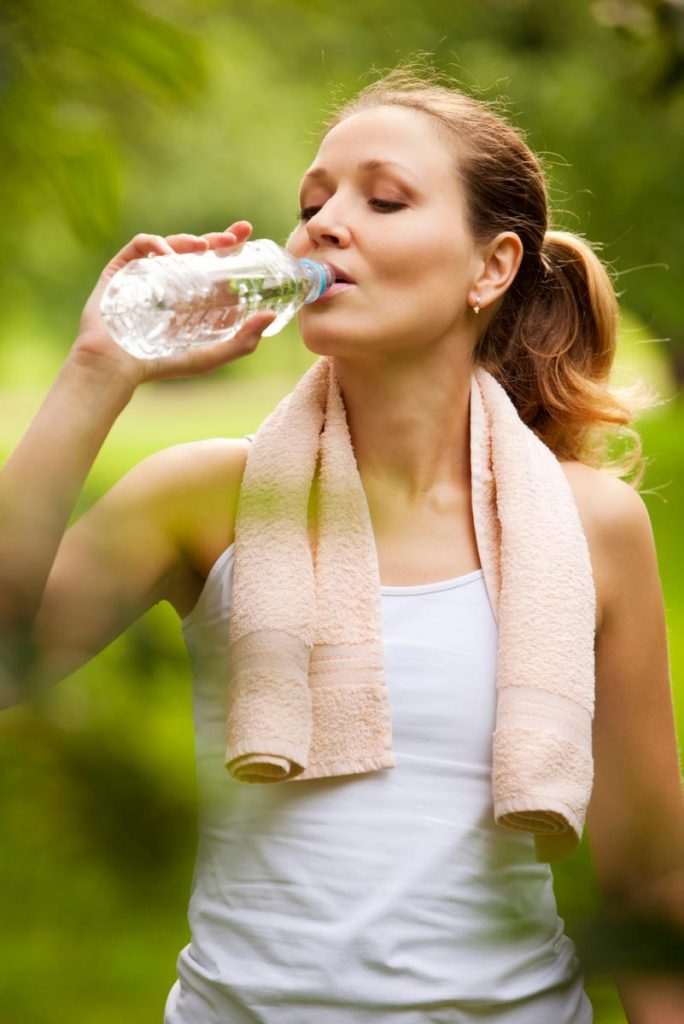
- Encyclopedia of Children’s Health. (2021). Overhydration.
- Healthy Children. (2018). How to Safely Prepare Formula with Water.
- Encyclopedia of Children’s Health. (2021). Overhydration.
- Encyclopedia of Children’s Health. (2021). Overhydration.
The child's need for water. Myths and truth. Let's figure it out!
Author of article Belmer Sergey Viktorovich
492260 views
August 25, 2021
Login or register to save articles and products to your favorites
Water calculator
Water calculator - calculate how much water your child needs.
Water is the basis of life and a natural component of the human body. Children's bodies especially need proper water intake. After all, it is at an early age that the most important stages in the development of the nervous, circulatory, respiratory, digestive and immune systems of the body occur.
The right diet for a child is the basis of his health and further development. And the sooner you help your child form the habit of competent water consumption, the easier it will be for him to maintain a healthy and proper lifestyle in the future.
A child's body is 80% water, and an adult's is 60%. So, let's figure it out: how much water is needed for the healthy development of a child's body, what kind of water is useful, and how often should a child be offered a drink?
These and other important questions on the topic are answered by Belmer Sergey Viktorovich , Doctor of Medical Sciences, Professor of the Department of Hospital Pediatrics No. 2 of the Pediatric Faculty of the Russian National Research Medical University (RNIMU) named after. N.I. Pirogov.
2 of the Pediatric Faculty of the Russian National Research Medical University (RNIMU) named after. N.I. Pirogov.
Let's debunk the most popular myths about water, that is, the most popular misconceptions about its benefits, quantity, quality, and possible harm.
Myth #1: It is necessary to give your baby water from the moment of birth
It's a delusion. It all depends on the specific situation, whether the child is breastfed or not. How much and how often the child consumes breast milk or formula per day. Every age has different water needs. See for yourself:
Standards for the total daily water requirement of children
| Child age | Water requirement per 1 kg. body weight |
| 1 day | 90 ml |
| 10 days | 135 ml |
| 3 months | 150 ml |
| 6 months | 140 ml |
| 9 months | 130 ml |
| 1 year | 125 ml |
| 4 years | 105 ml |
The table values take into account all the water that the child receives during the day.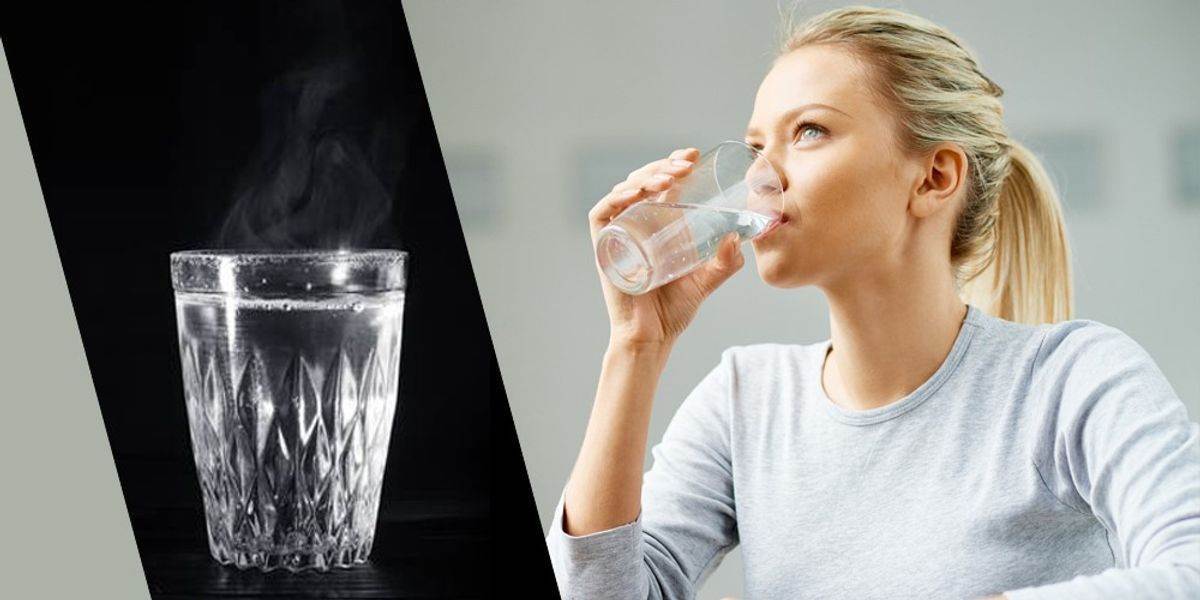 This is pure water, and various drinks, and soups, and solid food, which also contains water.
This is pure water, and various drinks, and soups, and solid food, which also contains water.
Based on the data presented in the table, you can easily calculate the child's need for clean water. So, for example, take a baby weighing 3 kilograms. According to the table, we calculate the daily need of the baby for water: 3 kg * 90 ml = 270 ml / day. If you know how much water from milk or complementary foods a child receives per day, it is not difficult to calculate whether additional water should be given to the baby.
As a rule, a breast-fed baby up to six months of age has enough water from mother's milk and does not require additional water intake. With the introduction of complementary foods, additional water is required for the child.
But once again I want to remind you that the rate of water consumption is a purely individual value, which depends on the activity of the child, the biochemical characteristics of the child's body, on the temperature and humidity of the surrounding air.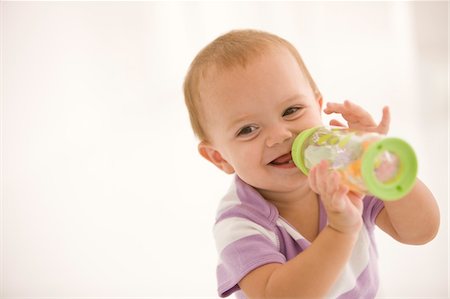
Myth #2: Bottled water should still be boiled
Bottled water does not need to be boiled. The technology of water preparation and bottling ensures its sterility throughout the entire shelf life. In this regard, boiling, aimed specifically at the destruction of microorganisms in water, is not required in this case. In all other cases, such as tap water, spring, well, etc., it is necessary to boil. And sometimes more serious methods of processing such water are required, but it is not recommended to give such water to children.
Myth #3: There is no difference between "baby" and "adult" water.
"Children's" water is distinguished by higher quality requirements and a physiologically balanced composition. Bottled water of the first and, especially, the highest category is subject to very strict requirements for its safety, in particular, for its chemical composition. In the case of "baby" water, the requirements for its composition are even higher.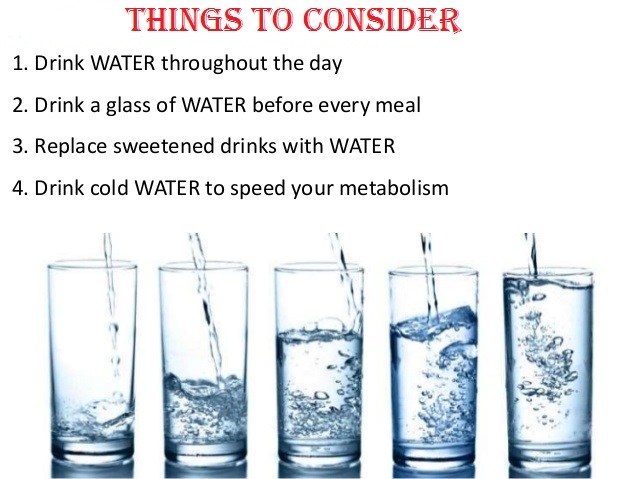 In its production, it is necessary not only to prevent the excess of the concentration of macro- and microelements, but also to ensure their balanced content, taking into account the characteristics of the child's body.
In its production, it is necessary not only to prevent the excess of the concentration of macro- and microelements, but also to ensure their balanced content, taking into account the characteristics of the child's body.
Myth #4: Water can be easily replaced with juices, fruit drinks and other drinks
Any drink is a source of water. However, the composition of various drinks, such as juices, fruit drinks, etc., contains other substances besides water, such as sugar, the excess of which may be undesirable for a child. In this regard, replacing “clean water” with other drinks should be done with great care. After the introduction of complementary foods, juices and fruit drinks appear in the composition of the child's diet in regulated volumes.
Myth #5: Baby water is a marketing ploy
It's a delusion. "Children's" water, as I have already said, is distinguished by special requirements for its composition, in particular, the balance of the amount of macro- and microelements, corresponding to the needs of the child's body.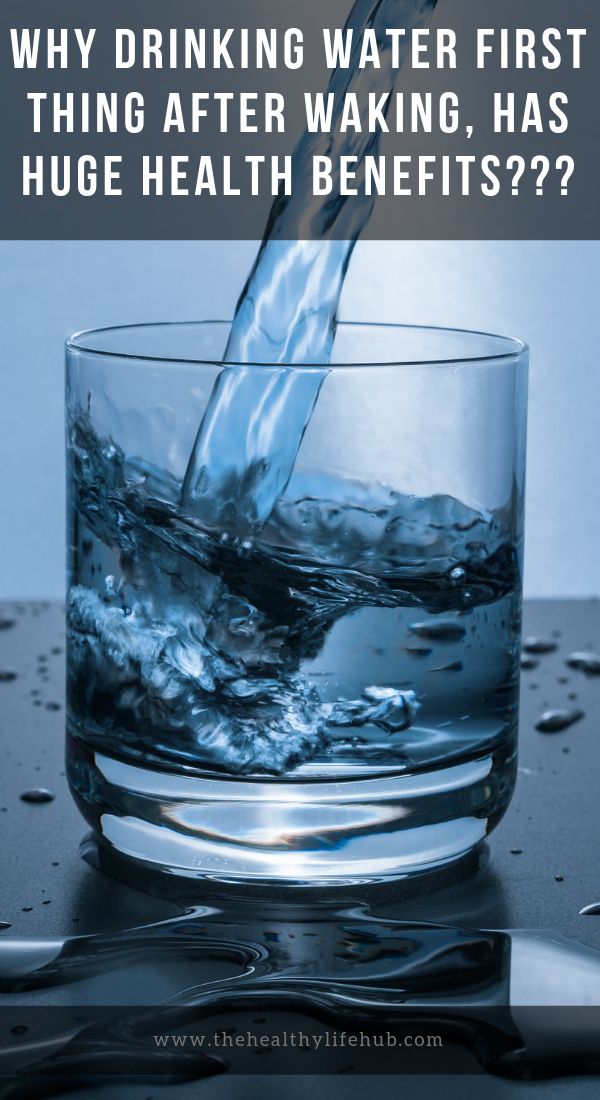
Myth #6: Boiled and filtered water is no different from baby water
Boiling destroys microorganisms. The results of filtration depend on the characteristics of the filter, but, first of all, particles suspended in it are removed.
Myth #7: Water with any mineral composition is good for a child
The water contains calcium, magnesium, sodium, iodine, selenium and many other macro- and microelements that are necessary for the body. It is important that their content does not exceed the permissible concentration. On the other hand, it should be borne in mind that water is not the exclusive and even the main source of these substances: the child receives them, first of all, from other foods. However, the deficiency of certain minerals in water, which is often observed in various regions of the world, can lead to diseases. Thus, water without minerals is hazardous to health.
Myth #8: Boiled water is best for formula feeding
It's a delusion.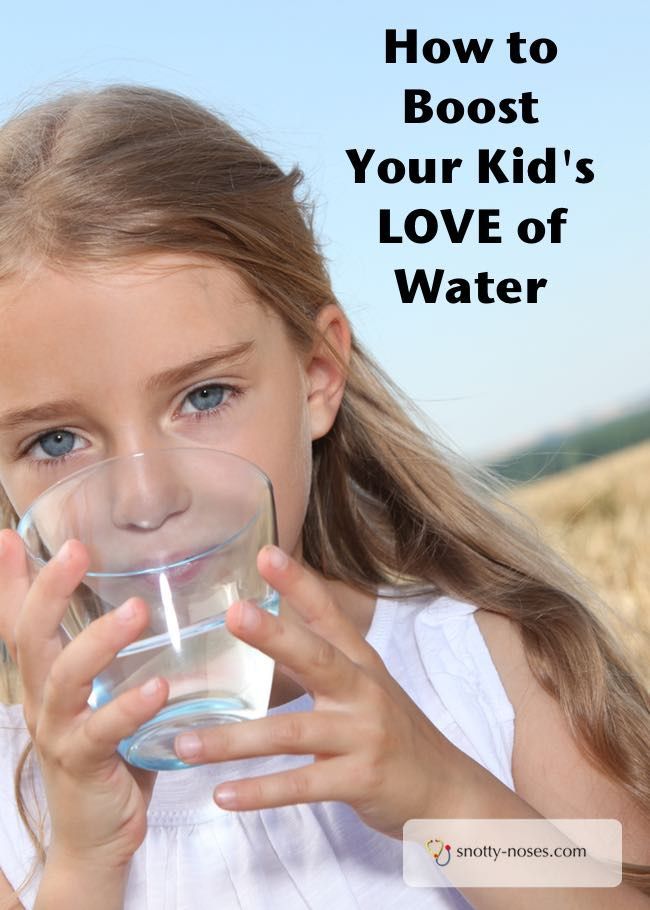 It is best to use specially prepared industrially "baby" water. It is safe and has an optimal chemical composition.
It is best to use specially prepared industrially "baby" water. It is safe and has an optimal chemical composition.
These are the main myths about water in terms of baby food and consumption that are encountered today. For a more detailed study of the topic, consider a few more frequently asked questions that parents of babies contact us with.
What are the benefits of the minerals indicated in the composition? (Ca, Mg, K, bicarbonates, sulfates, fluorides, chlorides)
Minerals in the composition of water are necessary for the normal course of metabolic processes. Calcium and magnesium are essential for bone formation and the functioning of the nervous system, potassium is essential for the normal functioning of the heart and muscles, sodium is a key factor in almost all metabolic processes. It is very important that the chemical composition of water meets the needs of the body, which is achieved by certain technological methods in the production of special "children's" water.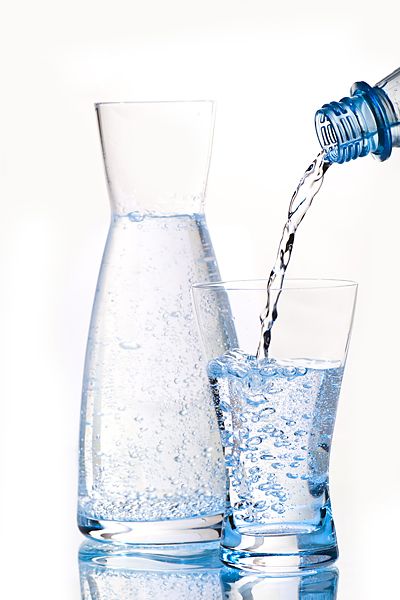
How to persuade a child to drink water?
It's hard to persuade. The child drinks according to his needs. Feeling thirsty is an indicator of water intake. Water in a bottle or drinking bowl should always be nearby. Offer your baby first quality water, not sugary drinks.
How to teach a toddler to drink from a bottle?
In the first days and months of life, if necessary, you can gradually accustom the child to water, supplementing it with a spoon or from a bottle with a nipple. And if you start giving water at an older age, then you can immediately move on to a baby cup or sippy cup.
How to drink a child on a trip?
Special baby water is the best choice for a child while traveling. Such water is sterile and compensates for possible loss of salts, thanks to a balanced chemical composition.
How much baby water to take on a plane?
It depends on the age of the child and the duration of the flight, but not less than 100 ml. This is the minimum stock.
This is the minimum stock.
Should I give my baby water at night?
It is not necessary to water the child at night, but if such a need arises, offer the child a couple of sips of water. This is fine.
Should I give my child to drink after active games in the heat?
This must be done without fail, and not only after, but also during active games in the sun or in hot weather, since water is excreted from the body in significant quantities with sweating. Offer your baby water as often as possible. It is more convenient to take special "baby" water in a bottle for a walk, it has a small volume, but sufficient even for a two- or three-hour walk.
Children's water "FrutoNyanya" - from the first days of life!
Children's water "FrutoNyanya" is water of the highest category. Does not require boiling. The water is carefully balanced in terms of mineral composition and is suitable even for the smallest children.
FrutoNyanya special children's water is available in 0.
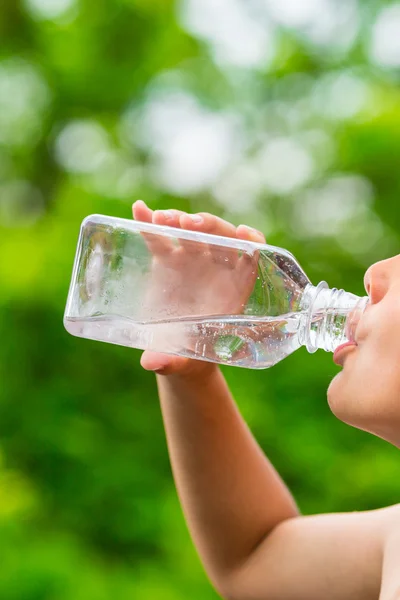 33l, 1.5l and 5l formats
33l, 1.5l and 5l formats Choose the format that best suits you. A bottle of 0.33 liters is ideal for a walk. And for home use: preparing cereals, mixtures and pouring into a children's drinking bowl, bottled water of 1.5 liters will be convenient. A 5L canister is a great option for a large family or to take the required amount of water with you to the country.
Water quality control is carried out at all stages of the technological process of its production in the accredited testing center "FrutoNyanya". The test center employees take water samples at every stage of its production.
When extracting water from a well, the stage of water treatment, whether it is purification from mechanical impurities, the stage of normalizing the composition of water in terms of the content of macro- and microelements, the ozonation process or final filtration. Also, samples are taken without fail when pouring water into containers and its packaging.
All samples undergo mandatory testing for compliance with the requirements and standards.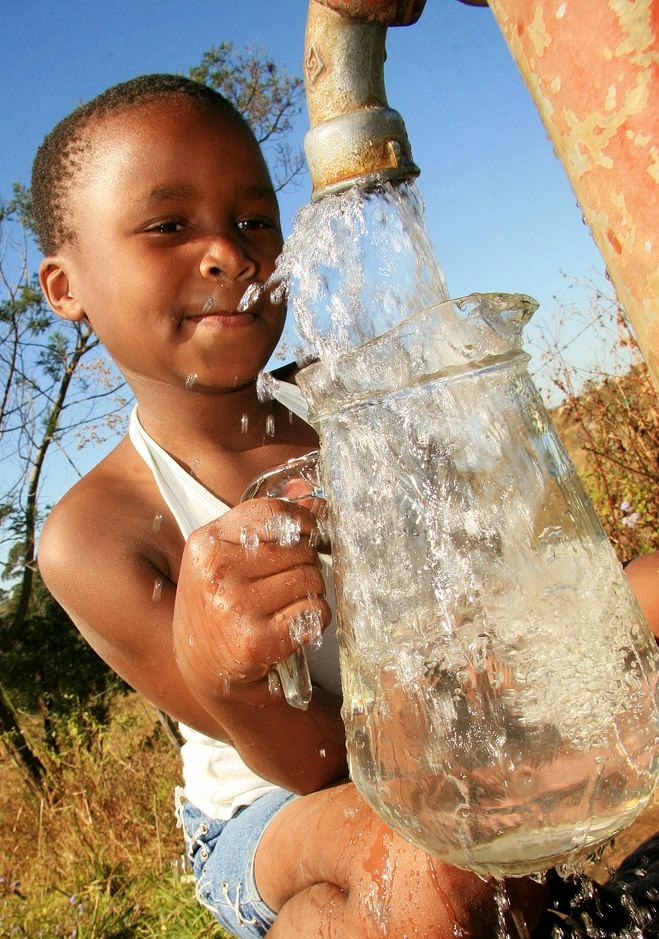 Product quality control is a continuous round-the-clock process of our center. If at least one discrepancy is found, the batch is not allowed to be sold.
Product quality control is a continuous round-the-clock process of our center. If at least one discrepancy is found, the batch is not allowed to be sold.
Author of the article Belmer Sergey Viktorovich
Pediatric gastroenterologist, MD, professor.
All expert articles
How much water should a child drink and what water should a child be given?
Child's health is one of the main concerns of parents. Did you know that water plays a key role in the formation of the child's body and strengthening immunity? In this article, we will tell you how much life-giving liquid per day is recommended for children of different ages to drink and why this is important.
Science has long proved the great importance of drinking the required amount of water per day.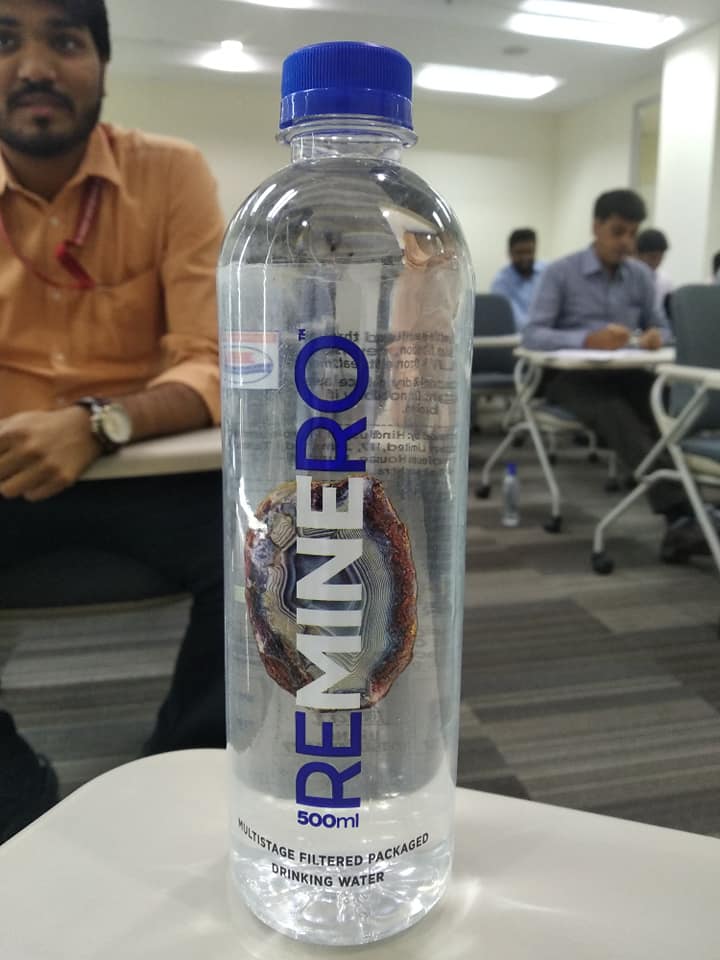 And this is not surprising. So, the body of an adult is 60–75% water, and a child’s body is 80–90%. Water is easily absorbed by the body and has a strong influence on all processes occurring in it. Its lack leads to a deterioration in well-being, a decrease in immunity, and even weight gain. Often, the development of certain diseases is just a signal that our body does not have enough water! This liquid is especially important for children's health. And the sooner you help your child form the habit of drinking water regularly, the easier it will be for him to maintain a healthy lifestyle in adulthood.
And this is not surprising. So, the body of an adult is 60–75% water, and a child’s body is 80–90%. Water is easily absorbed by the body and has a strong influence on all processes occurring in it. Its lack leads to a deterioration in well-being, a decrease in immunity, and even weight gain. Often, the development of certain diseases is just a signal that our body does not have enough water! This liquid is especially important for children's health. And the sooner you help your child form the habit of drinking water regularly, the easier it will be for him to maintain a healthy lifestyle in adulthood.
As we have already said, water has a beneficial effect on health and is involved in vital processes. Regular consumption of a sufficient amount of water improves metabolism, maintains normal pressure and body temperature, reduces the risk of allergic reactions, and even has a positive effect on mood. Dehydration leads to rapid fatigue, fatigue, and the development of a number of diseases. Especially dangerous is the lack of water at elevated body temperature and on hot days.
Especially dangerous is the lack of water at elevated body temperature and on hot days.
Note!
The importance of keeping in drinking water the optimal ratio of biologically essential macroelements (calcium, magnesium, phosphorus) and some microelements (selenium, potassium, zinc, iodine, fluorine) is recognized at the state level. Physiologically high-grade water plays a particularly important role in the diet of children, pregnant women, and the elderly [1] .
Here is just a small list of changes in the body, which leads to lack of water:
- infections and allergic reactions;
- dry skin;
- kidney stones;
- digestive and metabolic problems;
- pain in joints and back;
- problems with teeth and gums.
In short, water is a natural component of our body. For children, the correct regimen and certain volumes of consumption of this fluid are especially important, since it is in childhood that all body systems are formed.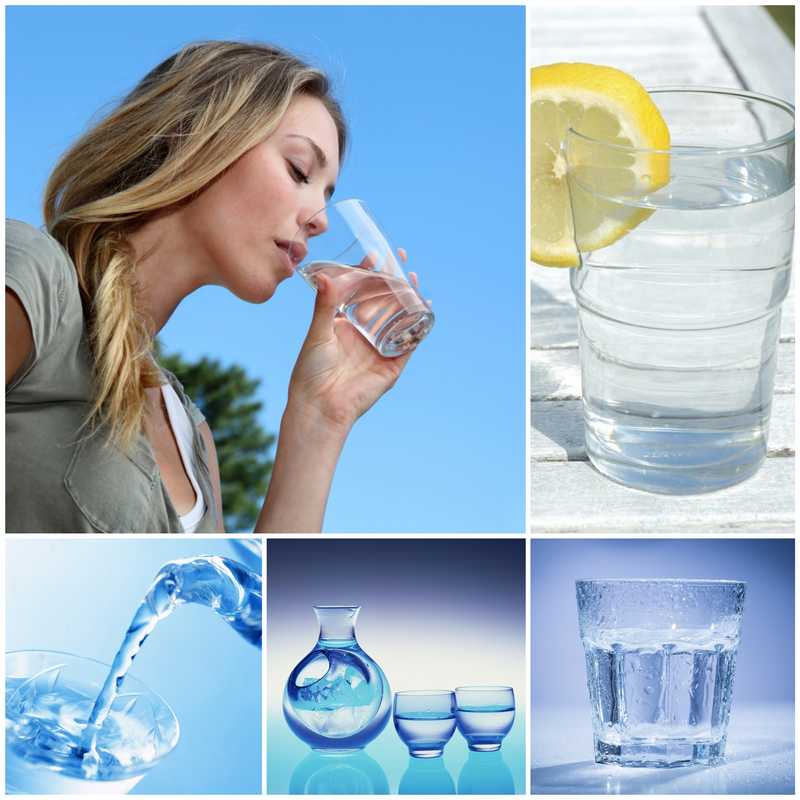 And the sooner the child gets used to the regular use of water, the less often you will visit the doctor with him.
And the sooner the child gets used to the regular use of water, the less often you will visit the doctor with him.
What kind of water to give your baby
What kind of water you give your baby will affect his health and well-being. Naturally, ordinary untreated tap water is out of the question, even if it is boiled. Water from wells or a pump room, as well as bottled water for adults, will not work either. The thing is that special regulatory requirements are imposed on children's drinking water and water for preparing baby food, which are contained in SanPiN 2.1.4.1116-02 (as amended on June 28, 2010).
Baby water:
- must have a balanced mineral composition. However, the amount of salts and their concentration in children's water, according to the norms, is much lower than in water for adults;
- must be free of preservatives, including carbon dioxide and silver;
- if we are talking about bottled water, then the label should contain information that it is “water for baby food” and “water of the highest category”, as well as information that the product has been registered with Rospotrebnadzor.
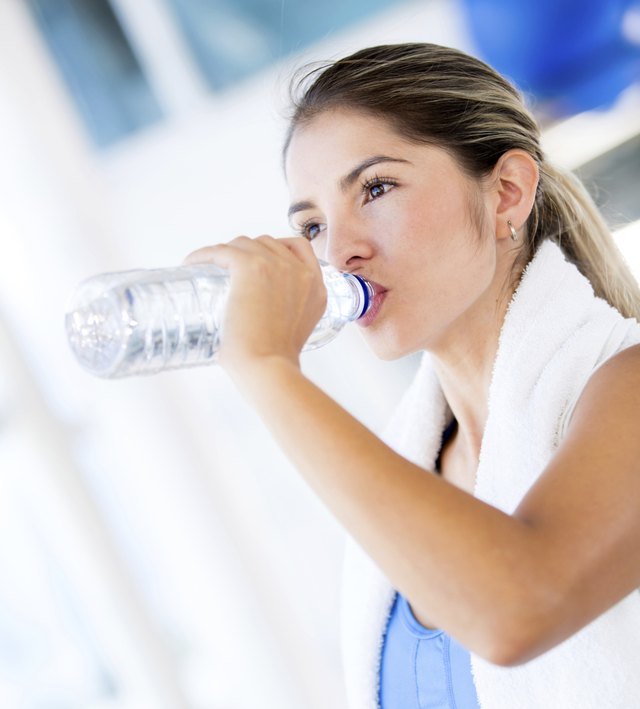
iodide-ions
0.04-0.06 mg/l
Fluoride ions
0,6–1 mg/l.
potassium
2–20 mg/l
calcium
25–80 mg/l
Bicarbons /l
Stress
1.5–7 m-EKV/l
0.5–6.5 m-ecv 9000
If you prefer bottled baby water, be sure to read the label.
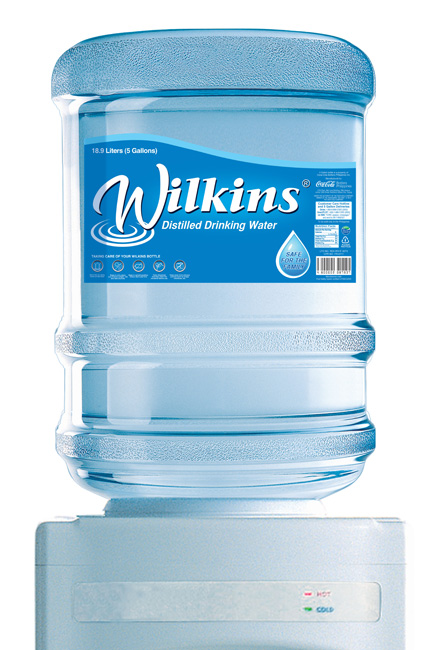 It must necessarily indicate: the type of water, its category, information on state registration, chemical and physiological composition, storage conditions, date of manufacture, place of collection and, of course, expiration date.
It must necessarily indicate: the type of water, its category, information on state registration, chemical and physiological composition, storage conditions, date of manufacture, place of collection and, of course, expiration date. Important!
Not every bottled water has the right to be called children's water. To do this, the label must necessarily indicate - "for baby food." According to the experts of the quality monitoring system "Roskontrol" [2] , the phrases "for children" or "from the first days of life" often found on bottles of water are just a marketing ploy that does not impose on the manufacturer the obligation to follow the requirements of the legislation for the mineral composition and security. And, of course, the presence of children's drawings is also not a confirmation that the contents of the bottle meet the quality standards for children's drinking water.
Perhaps it is precisely because of the high regulatory requirements that manufacturers are afraid to put the cherished words “for baby food” on the labels, thereby relieving themselves of responsibility.
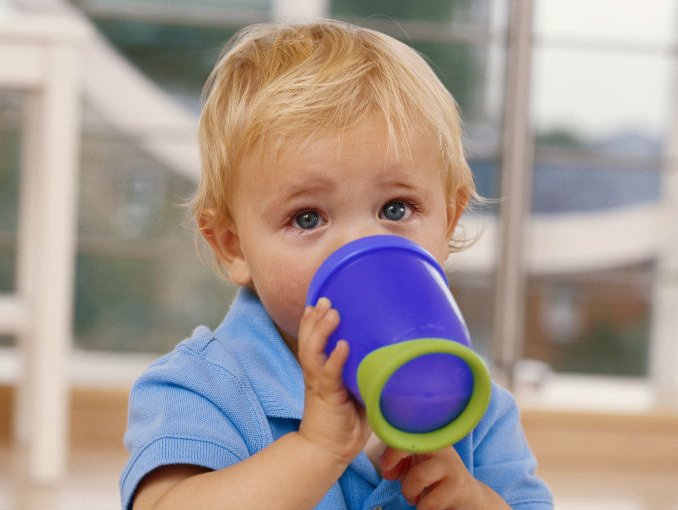 According to research by the non-profit organization Roskontrol conducted in 2016, out of 11 samples of bottled water from popular brands, which is positioned by manufacturers as children's, only three were tested: this is only 27% of the total number of tested samples. In the rest, an unbalanced salt composition was revealed, as well as a significant excess in the number of microorganisms that actively multiply at a temperature of 37°C, the content of chloroform, and even traces of mercury were found, although in small quantities [3] .
According to research by the non-profit organization Roskontrol conducted in 2016, out of 11 samples of bottled water from popular brands, which is positioned by manufacturers as children's, only three were tested: this is only 27% of the total number of tested samples. In the rest, an unbalanced salt composition was revealed, as well as a significant excess in the number of microorganisms that actively multiply at a temperature of 37°C, the content of chloroform, and even traces of mercury were found, although in small quantities [3] . Important!
Heavy metals, which, unfortunately, can be found in many foods, tend to accumulate in the body. Accordingly, the norms are developed taking into account the total risk, which may have a delayed effect.
Although a lot of time has passed since the testing by Roskontrol specialists, we were unable to find information on how exactly these shortcomings were corrected by manufacturers and whether they were corrected at all.
 In connection with such complaints about the quality of children's bottled water, many experts recommend giving children water purified in household filters intended for children, without the use of cartridges containing silver ions, which can disrupt the child's intestinal microflora and lead to the development of dysbiosis. Moreover, the use of household filters allows not only to purify water from microorganisms, excess salts, but also to enrich it with microelements necessary for the child, such as fluorine and magnesium.
In connection with such complaints about the quality of children's bottled water, many experts recommend giving children water purified in household filters intended for children, without the use of cartridges containing silver ions, which can disrupt the child's intestinal microflora and lead to the development of dysbiosis. Moreover, the use of household filters allows not only to purify water from microorganisms, excess salts, but also to enrich it with microelements necessary for the child, such as fluorine and magnesium. Water consumption rate for a child
How much water does a child need to drink? The consumption rate will depend on age, weight, mobility, physical condition and even weather conditions.
From birth to one year
Babies up to four to six months, as a rule, get all the nutrients, including water, from their mother's milk. During this period, doctors do not recommend drinking water for babies. First of all, because it is at this time that the intestinal microflora is formed and any intervention can affect the process.
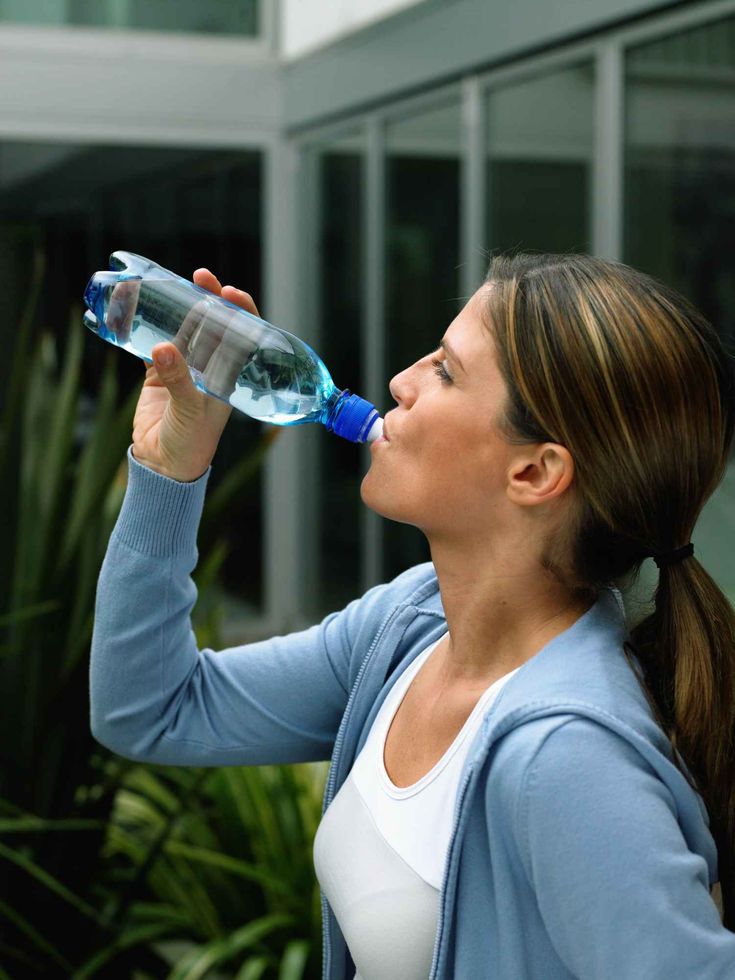 Moreover, water fills the stomach and creates a false feeling of fullness - because of this, the baby may not eat up.
Moreover, water fills the stomach and creates a false feeling of fullness - because of this, the baby may not eat up. The composition of mother's milk is perfectly adjusted to the needs of the child. And if the baby is hot, he is more often applied to the breast and as a result receives a lot of foremilk, which is 88-90% water. It is important that the mother herself consumes the required amount of water and does not feel thirsty!
However, doctors allow giving babies from three months a little water on a spoon - but only in hot weather, when the child sweats or when his mouth dries up. In no case is it necessary to force, it is important to offer: if the baby wants, he will drink. This should be done between feedings. Water can also be given when the child has the following problems:
- constipation;
- diarrhea or vomiting;
- hiccups;
- fever.
But this should also be done carefully, without persistence.
But if the child is formula-fed or mixed-fed, then water has to be used for formula preparation and additionally given between feedings from the first day.
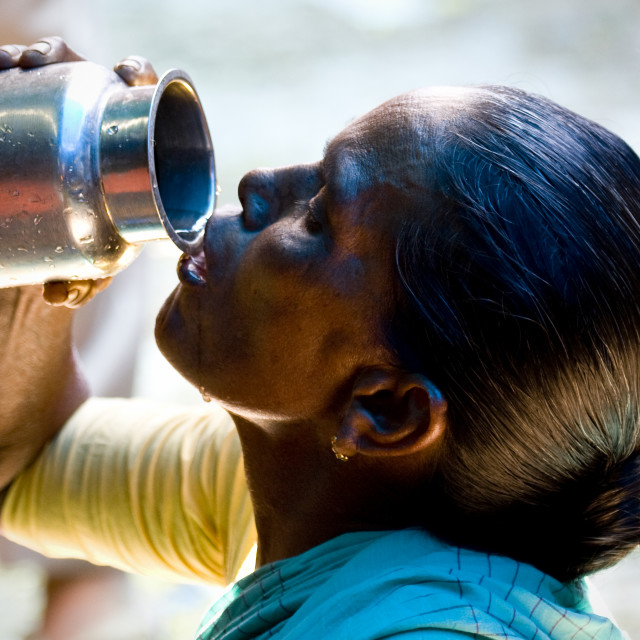 But remember, the baby can drink no more than 100-200 ml per day.
But remember, the baby can drink no more than 100-200 ml per day. In general, babies under one year of age need 50 ml of water for every kilogram of body weight, but remember that approximately 75% of their water comes from milk and food. Therefore, in order to calculate how much of this life-giving fluid is needed to maintain water balance, it follows from the daily requirement indicator (50 ml, multiplied by the weight of the child) subtract the amount of water received with food (the volume of milk drunk in ml, multiplied by 0.75).
1 to 3 years
When solid foods are introduced into the baby's diet, the need for water increases. At the same time, children begin to actively move, so the intensity of fluid loss increases. You can calculate the daily water requirement in the same way: a child needs 50 ml of water per kilogram of weight. In this case, we are talking about pure non-carbonated water: juice, compote, tea and other similar drinks are not taken into account.

Here are some signs that a child is not getting enough water:
- dry lips;
- dry and/or pale skin;
- diaper not wet after six to eight hours of sleep;
- the child shows anxiety, cries more often, but without tears;
- urine is dark or has a strong odor;
- the child is drinking water greedily.
Three to seven years
The older the child, the more water they drink. By school age, this volume will already reach 1.2–1.7 liters of water per day. At the same time, from the age of four, the nervous and skeletal system begins to actively form in the baby. Therefore, it is important that the water contains the required amount of fluorine and magnesium
During this period it is important to teach the child to drink regularly. Care should be taken to ensure that water is always available. You can take handy bottles with you for walks.
Important!
For children with heart disease, kidney disease, diabetes mellitus, the drinking regimen must be indicated by a doctor.
